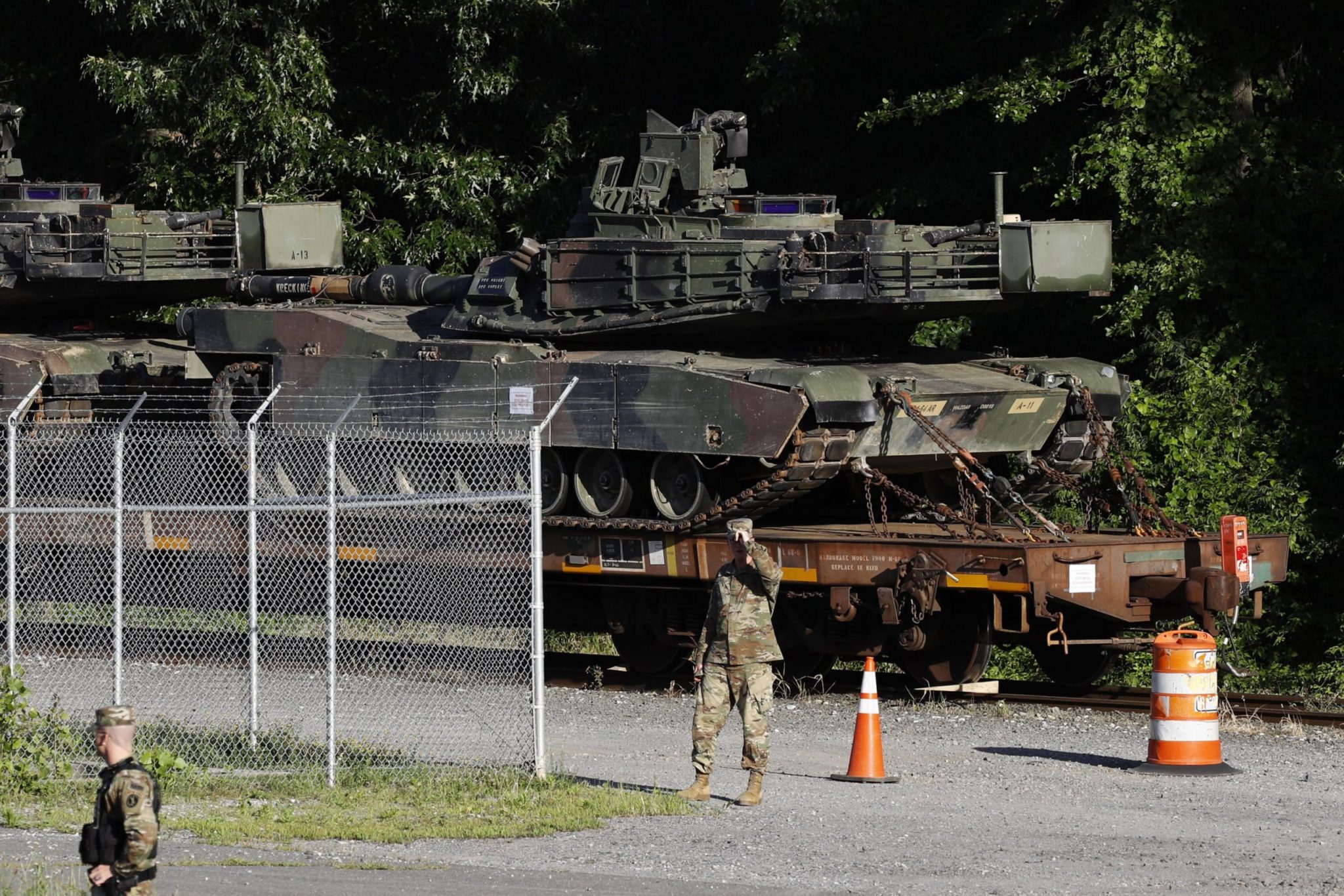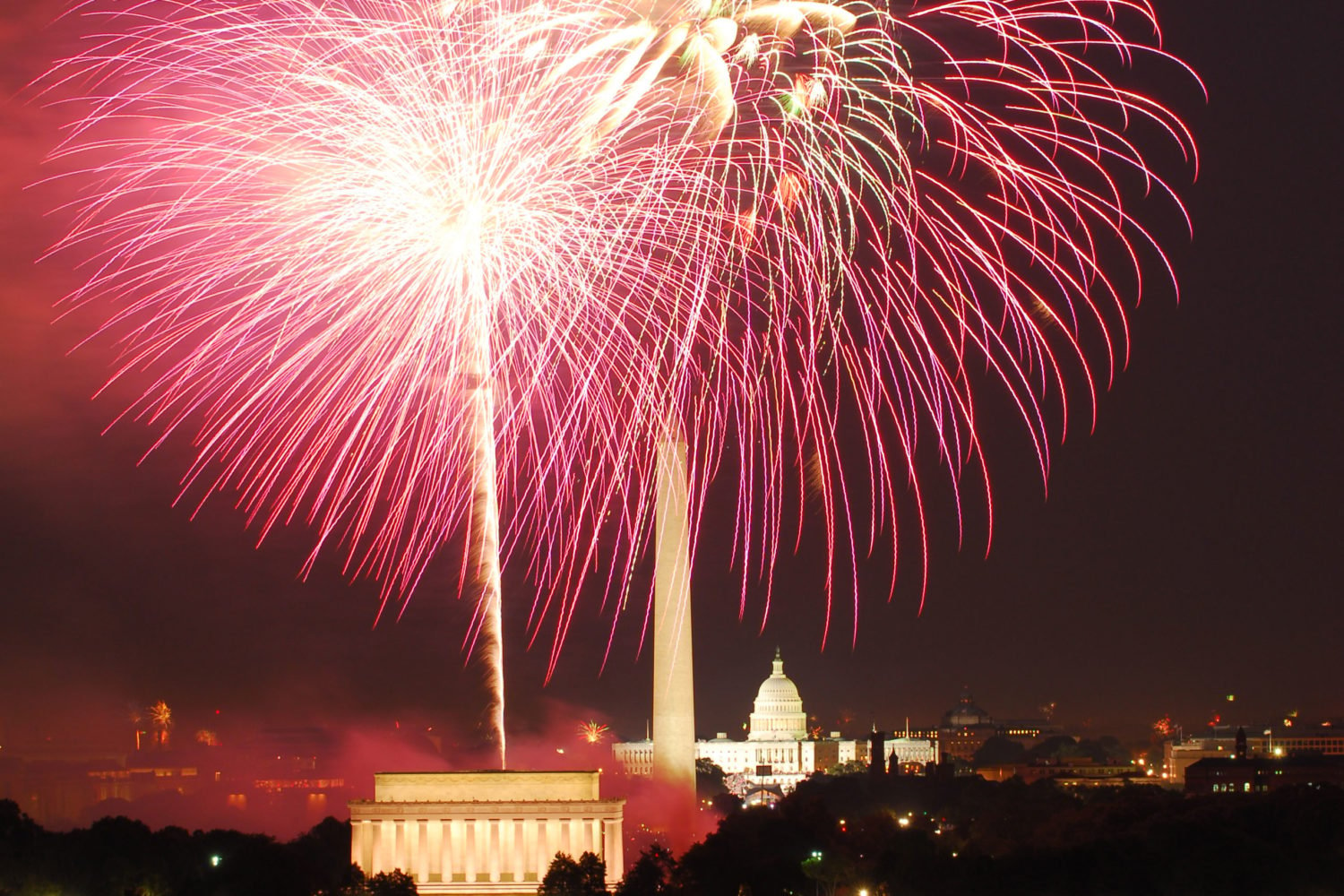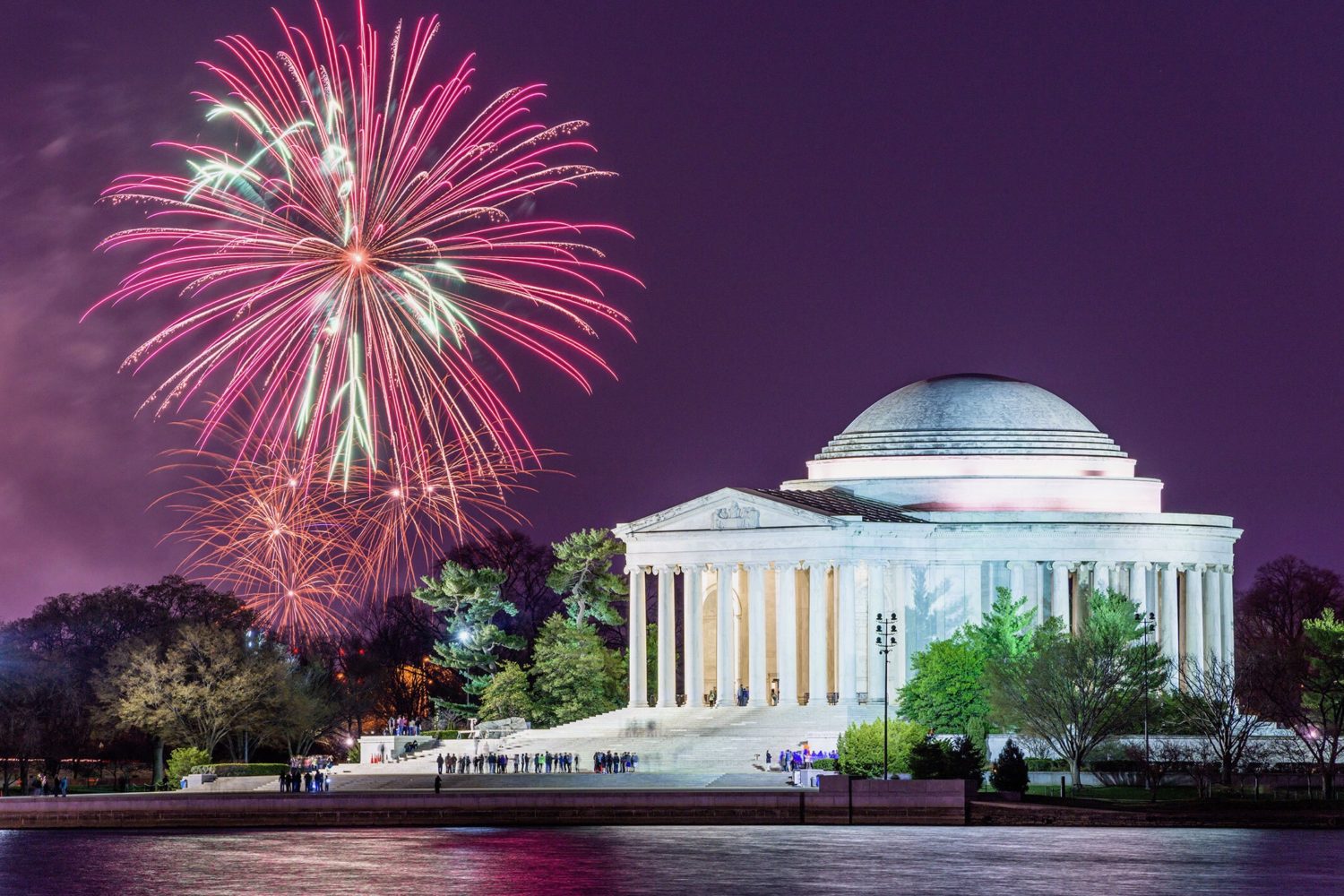So now he has tanks. And a VIP section. And the longest fireworks show in the US. Yep, Donald Trump’s “Salute to America” this July 4 should offer some pretty solid visuals for his fans.
You don’t have to be among the 96 percent of DC voters who aren’t among the president’s faithful to be furious about this grotesque display. Trump’s takeover of the Fourth of July doesn’t suck merely because it is instigated by someone whose policies and behavior are deeply unpopular here. It sucks because July Fourth is supposed to be a day when your views on marginal tax rates and the Paris treaty dissolve on contact with fireworks and cookouts. Making the day about imperial spectacle screws all of that up.
Military parades aren’t inherently evil—France and Canada both do them—but there’s a reason we almost never stage them anymore: In our national tradition, they’re supposed to be reserved for when we’ve won a significant military engagement. Kurt Cobain was alive when the last military parade rolled into DC to celebrate the conclusion of the first Gulf War, and the damage to DC’s streets and cultural treasures long outlasted the good vibes of George H.W. Bush palling around with Stormin’ Norman Schwarzkopf.
The whole point of being a strong country is that you don’t need to engage in theatrical celebrations of ourselves like tinpot dictatorships do. The Fourth of July should be like Thanksgiving in its nondenominational simplicity. We deserve this break from divisions when we can unite in a deep desire to hang out with friends, wear star-spangled crap that was made in China, maybe even blow off a digit with illegal pyrotechnics if the beer is flowing.
Plus, it’s not like DC was built for these kind of antics. It’s a persistent myth that Washington, DC’s traffic circles were designed as defensive positions in case of war. Pierre L’Enfant envisioned many of them as squares that could serve as embassies for the states, not spots to park cannons. It’s not that the city couldn’t use robust defenses. The British burned Washington in 1814, and Confederate troops nearly took it 50 years later. But Americans’ longtime ambivalence to their capital city may have been reflected in the somewhat porous membrane surrounding its treasures.
The fact that our officials don’t really know whether local bridges can hold the weight of tanks is something that should make all Americans immensely proud—because it’s been a really long time since we’ve had to find out.









